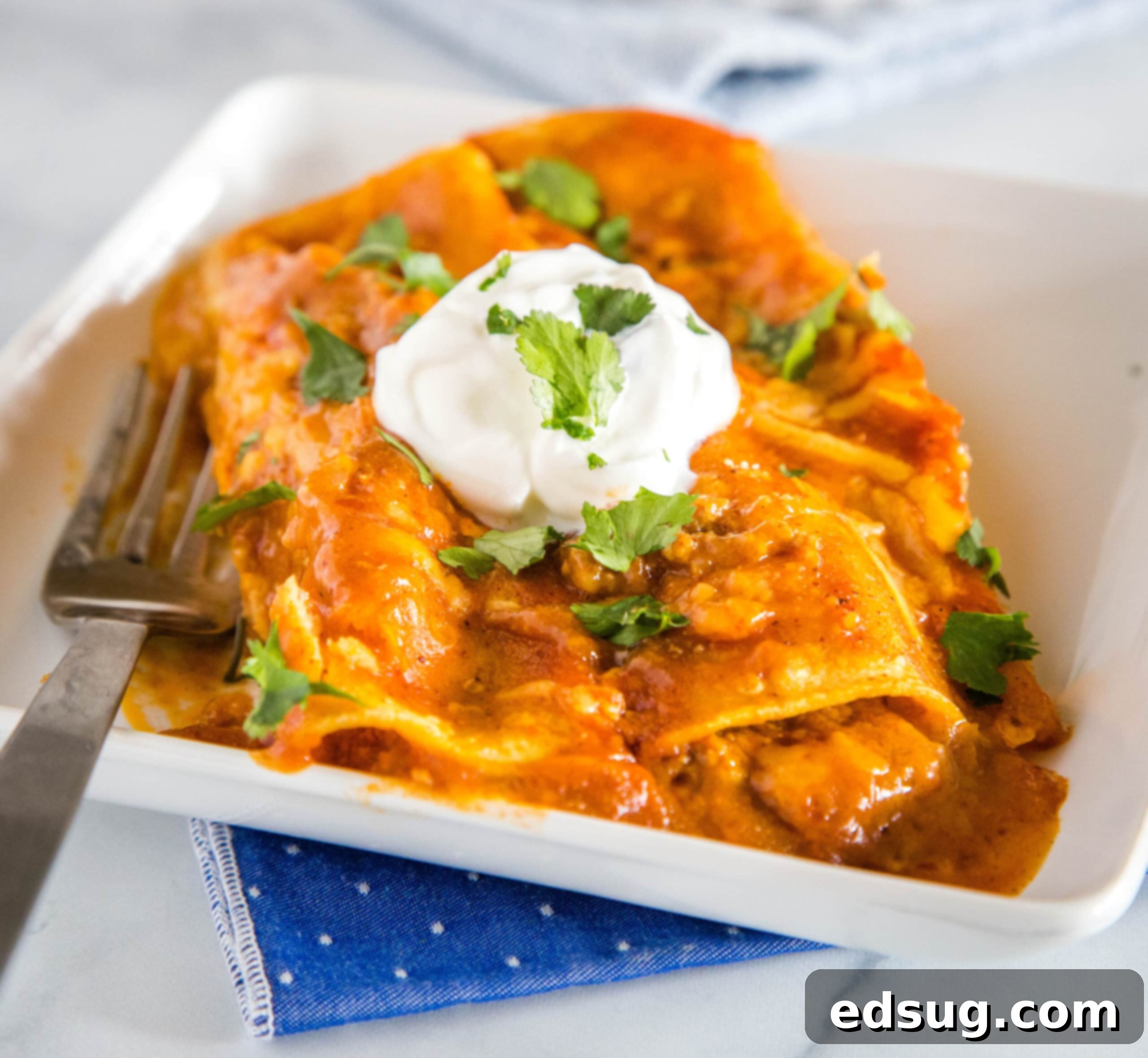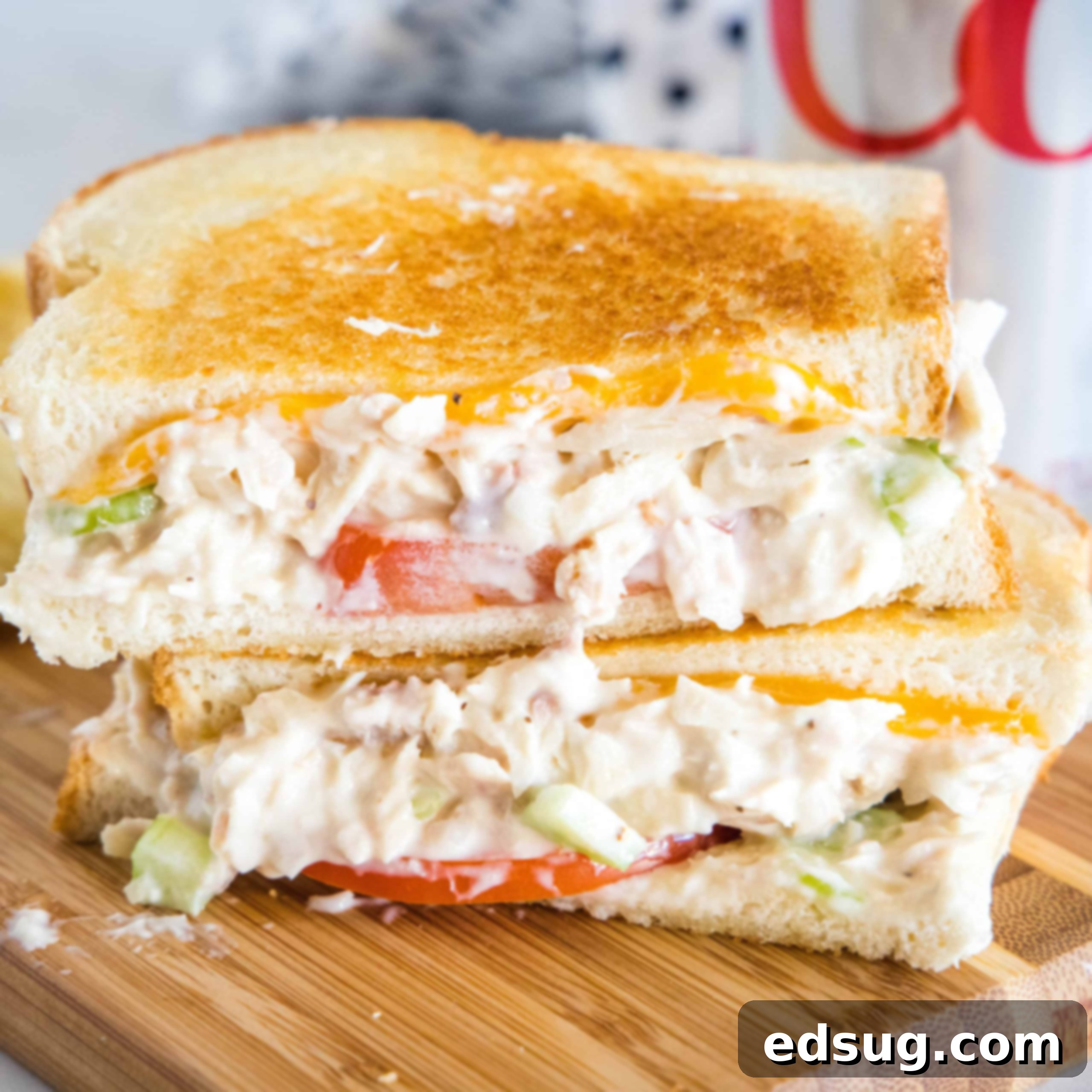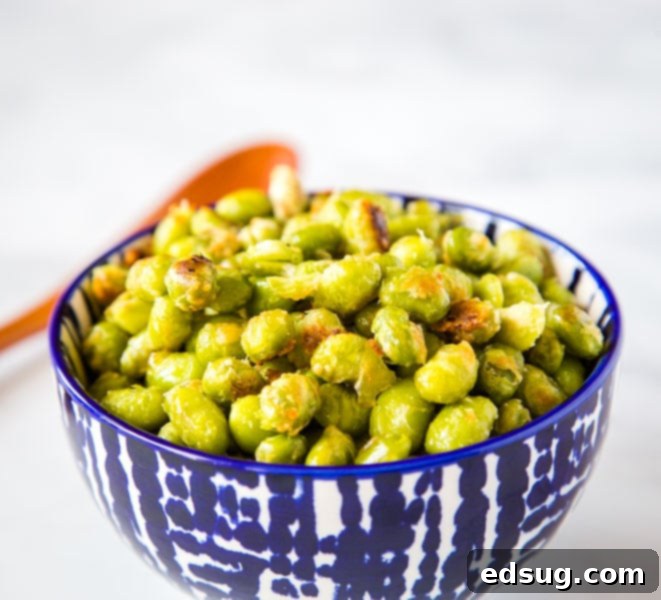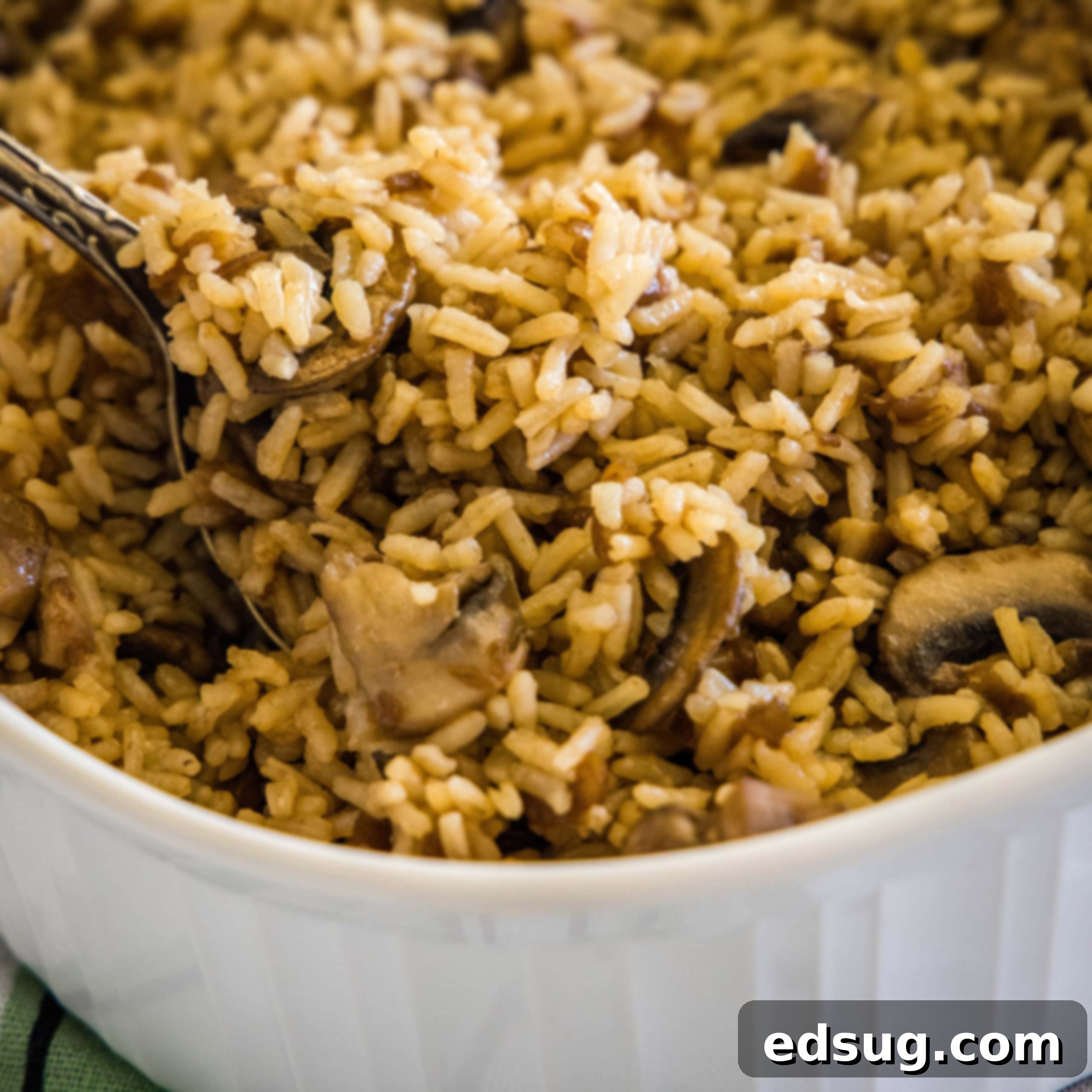40 Essential Pantry Recipes: Delicious, Easy & Budget-Friendly Meals for Any Occasion
Unlock the power of your kitchen pantry! Whether you’re aiming to use up ingredients you already have, save money, minimize grocery runs, or prepare for unexpected situations, this collection of 40 incredible pantry recipes is designed to get you through any week with ease and flavor.
Transforming basic shelf-stable and freezer staples into exciting, wholesome meals is not just convenient – it’s a smart culinary strategy. With a well-stocked pantry, dinner becomes a stress-free experience, eliminating the need for last-minute trips to the store. This extensive guide highlights delicious pantry-friendly recipes that make the most of ingredients like pasta, beans, rice, and canned goods. From comforting, time-honored classics to innovative and flavorful new favorites, you’ll be genuinely surprised at how effortlessly delicious and satisfying your meals can be, all crafted from the ingredients you already have at your fingertips. Embrace the art of pantry cooking and discover a world of culinary possibilities that are both economical and incredibly tasty.

What Exactly Is a Pantry Recipe?
The concept of a “pantry recipe” can be quite broad, but for the scope of this curated list, we’re focusing on ingredients that offer extended shelf life and storage flexibility. This includes two main categories: non-perishable items stored at room temperature, and versatile ingredients that can be kept fresh for longer in the refrigerator or indefinitely in the freezer. Our selection prioritizes items that don’t require immediate consumption, providing a reliable foundation for meal planning without constant grocery runs.
We’ve intentionally excluded highly perishable fresh fruits and most vegetables from this list. However, staple aromatics like onions and garlic are notable exceptions; their natural longevity means they can last for weeks, if not months, in a cool, dark place. And should the need arise, many recipes can still shine even if these are momentarily unavailable. Furthermore, any ingredient that lends itself well to freezing – such as various cuts of meat, blocks of cheese, or sticks of butter – is fully embraced within these pantry-friendly guidelines. To truly emphasize long-term storage, we have also bypassed recipes heavily reliant on fresh milk, cream, and eggs, focusing instead on alternatives or dishes where these are not central to the core preparation.
Key Pantry Ingredients to Stock
Building a robust and versatile pantry is the first step towards effortless cooking. These categories highlight the types of ingredients that are essential for creating delicious meals with minimal effort:
- Non-Perishable Room Temperature Staples: These are the workhorses of your pantry, forming the foundation of countless dishes. Stock up on items like various pasta shapes (spaghetti, macaroni, penne), a range of canned tomato products (diced, crushed, sauce, paste), dried or canned beans (black beans, kidney beans, chickpeas), different types of flour (all-purpose, whole wheat), granulated and brown sugar, a selection of rice (white, brown, basmati), and a comprehensive collection of dried spices and herbs to elevate any flavor profile. Other crucial items include peanut butter, long-lasting bread and tortillas (which can also be frozen), evaporated milk for creamy textures, and canned cream soups that serve as excellent bases for casseroles and sauces. These ingredients offer incredible versatility and a long shelf life, ensuring you always have options.
- Long-Lasting Fresh Foods: While our primary focus is on pantry stability, some fresh items naturally last longer or are perfect candidates for freezing. This includes proteins like various cuts of meat (chicken breasts, ground beef, pork), which should be frozen if not used within a few days. Hard blocks of cheese can last for weeks in the refrigerator, and butter keeps well in the fridge for a similar duration, both being excellent for freezing. Aromatics like fresh ginger, along with the aforementioned onions and garlic, are indispensable and boast remarkable staying power. Having these on hand allows for a touch of freshness that complements your stored staples beautifully.
- Frozen Food Essentials: Your freezer acts as a vital extension of your pantry, preserving freshness and nutrients. Frozen vegetables are a prime example; they’re pre-chopped, ready to use, and excellent for adding fiber, vitamins, and color to any meal. Keep a variety such as corn, peas, mixed vegetables, and spinach. These can be easily incorporated into soups, stews, stir-fries, casseroles, and pasta dishes, making them invaluable for quick and healthy additions when fresh produce is scarce. Frozen meats and cheeses also fall into this category, offering convenience and extending your meal options significantly.
Smart Strategies for Freezing Pantry Ingredients
Effectively using your freezer can dramatically expand your pantry’s capabilities, ensuring you always have key ingredients on hand and reducing food waste. Proper freezing techniques are essential for maintaining quality and flavor.
- Meats: When purchasing meats in bulk, it’s highly recommended to divide them into single-meal portions, typically one-pound packages, before freezing. This prevents you from having to thaw more than you need, which can affect the quality of refrozen meat. Place the portioned meat into high-quality, freezer-safe plastic storage bags, removing as much air as possible to minimize freezer burn. Vacuum-sealing is an even better option if available, offering superior protection. Always label each package clearly with the type of meat and the date it was frozen, allowing for proper inventory management and ensuring you use older items first.
- Cheese: Many types of cheese, especially harder varieties like cheddar, mozzarella, and Parmesan, freeze remarkably well. You have two primary methods: either cut larger blocks into smaller, more manageable pieces before freezing, allowing you to thaw only what’s necessary for a specific recipe, or simply place the entire unopened package directly into the freezer. While freezing might slightly alter the texture, making it a bit more crumbly upon thawing, the flavor remains intact, making it perfect for grating, melting in casseroles, or incorporating into sauces. Thaw frozen cheese slowly in the refrigerator for best results.
- Butter: Freezing butter is one of the simplest and most effective ways to extend its shelf life. All you need to do is place the unopened package of butter directly into your freezer. It can stay perfectly fresh for several months, often much longer than its refrigerator shelf life. When you need butter for cooking or baking, simply remove a stick or the desired amount from the freezer. It can be thawed at room temperature or gently softened in the microwave, making it ready for use whenever you need it.
- Ginger: Keeping fresh ginger on hand can be tricky as it tends to dry out or mold quickly. Freezing is an excellent solution. When you buy a large piece, peel it first, then wrap it tightly in plastic wrap or place it in a small, airtight freezer-safe bag. The beauty of frozen ginger is its convenience: when a recipe calls for it, you can grate the exact amount needed directly from the frozen root using a microplane or fine grater. This method not only preserves its potent flavor but also often makes grating easier than with fresh ginger.
- Bread: Preventing bread products from going stale or molding is easy with your freezer. This applies to hamburger buns, hot dog buns, and loaves of sandwich bread. To prevent freezer burn and keep bread as fresh as possible, add an extra layer of protection. After taking it from its store-bought packaging, wrap it tightly in an additional plastic bag or aluminum foil, then return it to its original bag or a larger freezer bag. This double barrier helps to lock in moisture, ensuring your bread remains soft and delicious when thawed for sandwiches, toast, or other uses.


Get The Recipe

Get The Recipe

Get The Recipe

Get The Recipe

Get The Recipe

Get The Recipe

Get The Recipe

Get The Recipe

Get The Recipe

Get The Recipe

Get The Recipe

Get The Recipe

Get The Recipe

Get The Recipe

Get The Recipe

Get The Recipe

Get The Recipe

Get The Recipe

Get The Recipe

Get The Recipe

Get The Recipe

Get The Recipe

Get The Recipe

Get The Recipe

Get The Recipe

Get The Recipe

Get The Recipe

Get The Recipe

Get The Recipe
Pantry Side Dish Recipes
A great meal isn’t just about the main course; it’s also about the complementary side dishes that complete the plate. These pantry-friendly side recipes are perfect for adding flavor, texture, and nutrition, all using ingredients you likely have in your kitchen.

Get The Recipe

Get The Recipe

Get The Recipe

Get The Recipe

Get The Recipe

Get The Recipe

Get The Recipe

Get The Recipe

Get The Recipe

Get The Recipe
Embrace the Power of Your Pantry!
These 40 essential pantry recipes demonstrate just how much culinary potential lies within your kitchen cabinets and freezer. From hearty main courses that feed a crowd to simple, satisfying side dishes, you can create an incredible array of meals without relying on fresh, perishable ingredients every day. Pantry cooking is more than just a convenience; it’s a strategic approach to meal preparation that offers numerous benefits.
By focusing on shelf-stable and freezer-friendly staples, you gain significant advantages: you’ll spend less time at the grocery store, reduce your food budget by buying in bulk and on sale, and dramatically cut down on food waste. Furthermore, having a well-stocked pantry provides invaluable peace of mind, ensuring you’re always prepared for busy weeks, unexpected guests, or even emergency situations where fresh supplies might be limited. It encourages creativity in the kitchen, challenging you to think inventively about ingredient combinations and substitutions.
Start small if your pantry isn’t currently brimming. Begin by integrating a few of these recipes into your weekly rotation, gradually building your stock of reliable staples. Experiment with different spices, beans, and grains to discover new family favorites. With these recipes and smart pantry management techniques, you’ll find that delicious, wholesome, and economical meals are always within reach. Happy cooking!
